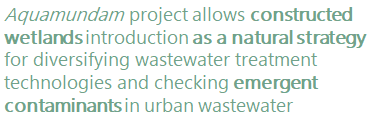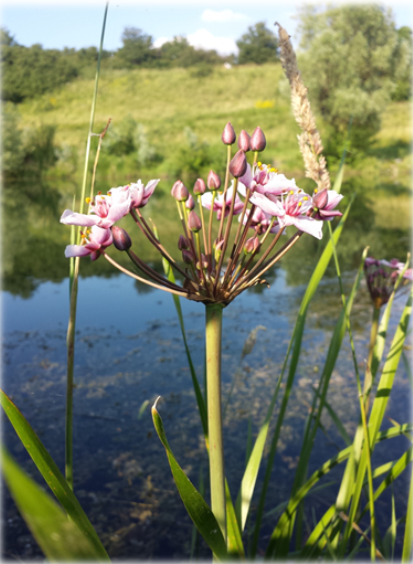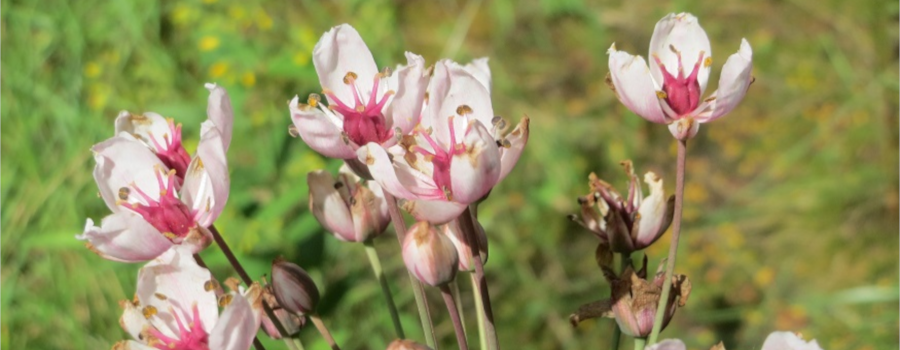Aquamundam project was briefly introduced in the previous chapter of this constructed wetland series. CARTIF is currently participating in the pilot setting and analysis within Aquamundam project.

One of the main approved actions in this cross-border project is the restoration and optimization of a constructed wetland in Flores de Ávila, a small municipality in Castilla y León. This waste water treatment system allows the flow of purified wastewater back to the river Trabancos, with enough quality as not to modify the native ecosystem.
The building of this constructed wetland is framed in one of the pilot actions defined in Aquamundam Project, and it is being developed by Confederación Hidrográfica del Duero and CARTIF, both partners of the project consortium.

This activity has the aim of demonstrating that the proposed solution (the constructed wetland in this particular case) effectively improves the efficient integral water management. This demonstrative pilot experience will allow constructed wetlands introduction as a natural strategy for diversifying wastewater treatment technologies and will check its application for emergent contaminants in urban wastewater at the same time that could provide other environmental advantages in the selected sensitive locations.
The new installation will be a submerged surface flow constructed wetland with five different plant species sited in 10 cells separated by a sheet of water. 5 cells will be seeded with Phragamites australis, and the other 5 cells will be in parallel to the first 5 with different plant species for the analysis of the wastewater treatment effectiveness of the two different configurations and the various species.
This purification system will be supplied with caudalimeters for measuring the input and output flow of water and evapotranspiration and, furthermore, a weather station to collect climate data during the pilot working time.
During the project development, physico-chemical and microbiological data will be collected and analyzed. Monitoring of each cell will allow testing the effect of plant biodiversity over microbial communities responsible for wastewater treatment. Finally, metabolic activity and bacterial species effect over priority and emergent contaminants removal will be assessed.
These tasks will permit information gathering about this wastewater treatment usefulness as an integrated solution in a natural ecosystem. The location of the pilot was chosen in order to demonstrate that constructed wetlands could be integrated in ecosystems with extreme weather conditions, especially considering raining patterns. The area near river Trabancos is affected by the seasonality of its flow, due to drought and flood periods in the river channel. This river hosts the endemic species Achondrostoma arcasii (vermillion), and the study of this species evolution will be a key indicator of this wastewater treatment integration in the natural environment.
- Fermentation, travel partner - 5 July 2024
- A pilot experience with a constructed wetland - 23 August 2018
- Plastic planet - 3 July 2018
